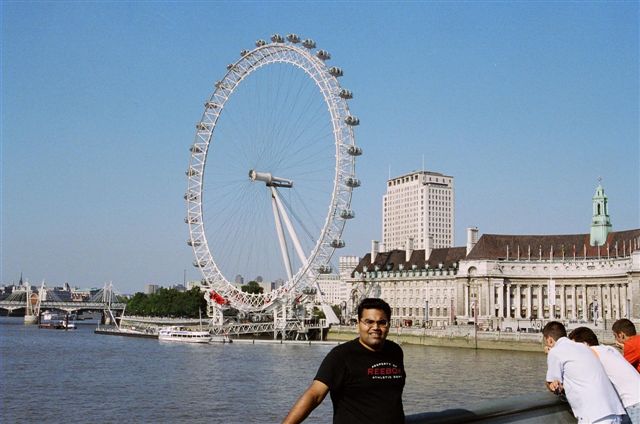The process started couple of weeks back when me & 2 of my elearning team members went to conduct contextual inquiry at the dealer's location. We spent time in the dealership, observing the sales team at their work, noting down their routine, way they handle queries, the kind of queries they face, the various aids & enablers that they bank on, etc. We also spent time individually with each sales person gathering their understanding & views. The focus of this session was to gather insights that would go into making of this assessment module. Contextual Inquiry can at times throw up really wonderful insights. For instance, we were told that most of the TA for this eleraning module are matric pass and are very poor with english. When they come for any company sponsored training, the evaluator had to personally 'interpret' the question form to sales guys and let them know where they had to tick. In our CI exercise we came to know that not many of these guys are too conversant with computers outside their work domain. So how do you design an interface for a guy who has never spent time on computers? Will he adapt to mouse or keyboard interaction? What will be his learning curve? These were some of the challenges that propped up But these were still fine, what came next was really unexpected. During interviews, we popped the idea of localization and many users readily accepted that localization of content would definitely help but then we came across a user who though was not so good with english still said that he would opt for the language in any kind of test. On further pressing he hesitantly shared that in the 'class' where he belongs, 'knowing' english is seen as a step to move up in the ranks. More soever, speaking in english, or for that matter even attempting questions gives him some kind of confidence inside. So it has more to do with socio conditions around him that motivates him to 'attempt' in english irrespective of his knowing that he can fail in the test. Imagine, there can be thousands of users across the country with views like this user. So another design & content challenge for us. How do you define what is 'simple english'? Something so simple that it conveys the message & users understand it immediately. Later during design stage we realised that to make it quite simple to understand, we need to make it short n snappy and at times grammatically incorrect!
Last week we were in user's environment again, this time conducting usability testing of our designs & key interactions with users. We even video graphed the entire user 's interaction with the screen to capture where his mouse movements went, how he interacted with many of these features, etc. These video shoots helped us in analyzing many of these user's 'comfort' pattern with the mouse & keyboard too. Of course besides video analysis, me & my team was involved in f-2-f interactions too. There were many valid design suggestions made by the users too.
Yesterday I was back in the field again, this time to test semantics of some icons for the application with the end users. At times we tend to 'assume' that a particular icon would convey the desired meaning. The icons that we wanted to test was for Timing meter & audio option. While the timing meter which we felt would work, did work with the users, for the audio option , we got interesting feedback for some icons which normally we would have assumed that it will work.
For instance:

A user thought that this icon stood for Shouting Loud.

For this icon, a user felt that it meant that Talking can be a nuisance to others, while another user felt it meant a horn button but an indication to wake the next person, push him!
The best was this:

User view: Loud talking can be injurious to ears!
I won't share what did work with them coz that would be violating the copyright clauses but this exercise reinforced my belief that why for each & every design step its important to keep users in picture.
Personally this whole project has been very stimulating & enriching for me. We are closing in on product rollout soon & would love to see how users across India receive it.

